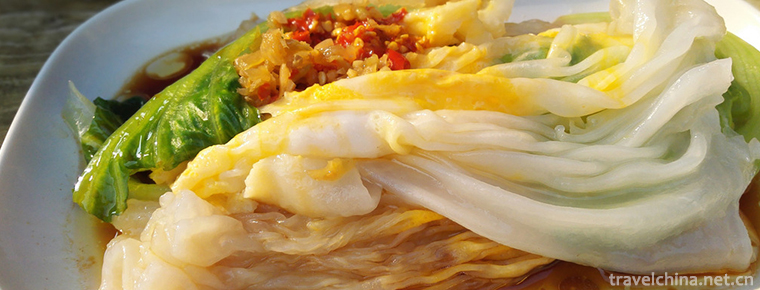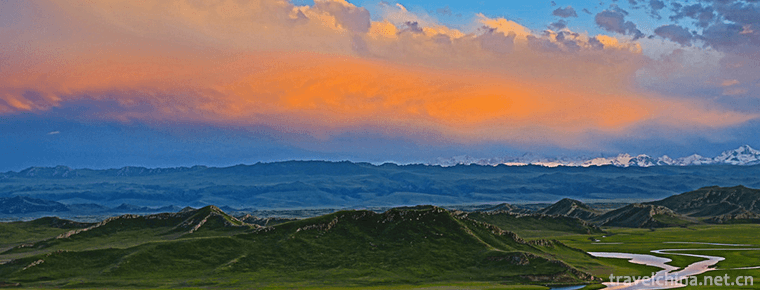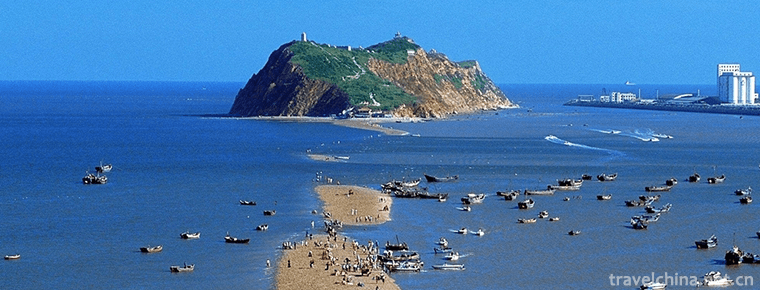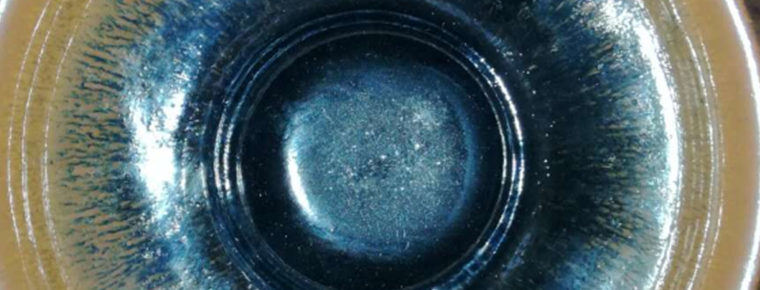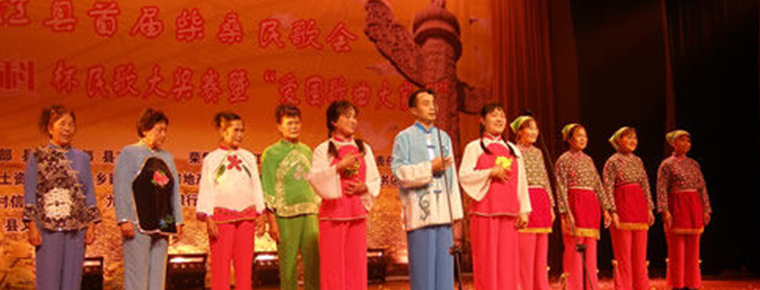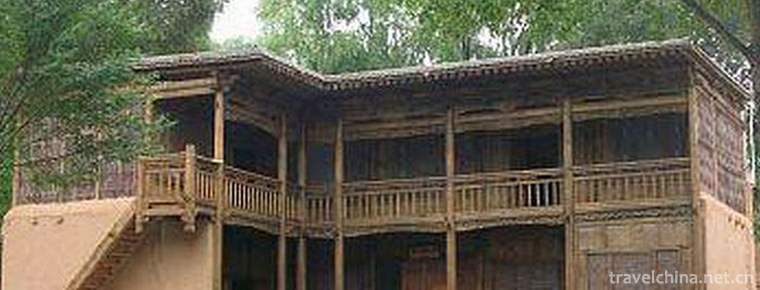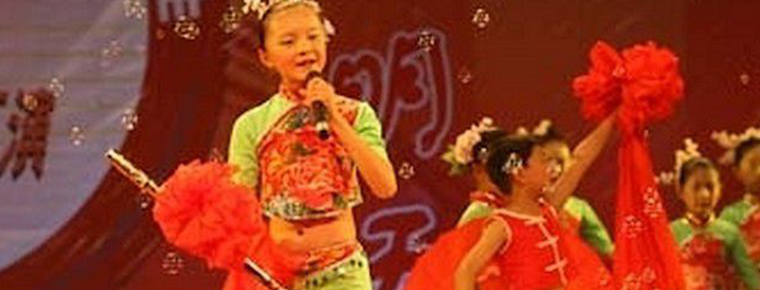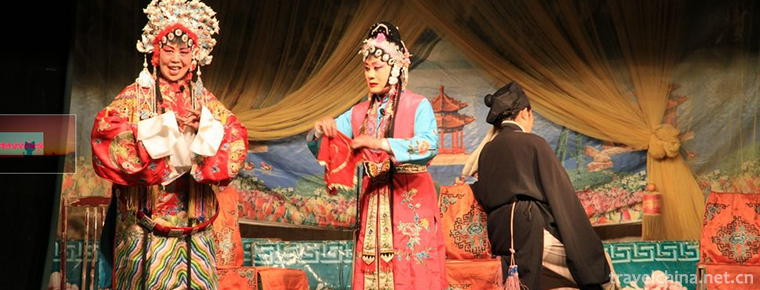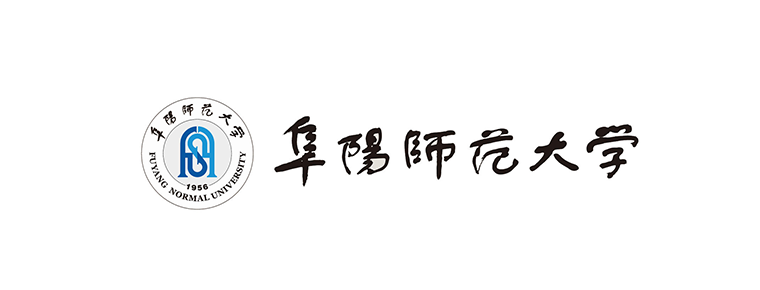Yuxian Temple
Yuxian Temple
Yuxian temple was built in Tongzhi period of Qing Dynasty. There is a beautiful folklore about the name of Yuxian temple. It is said that in ancient times, a man went to Mount Emei to seek immortality. When he came here, he met a farmer who cut firewood and said to him, "leisure and inaction are immortals. Why go to Mount Emei?" Then he disappeared. Knowing that he had met the immortal, he went back down the mountain with satisfaction. Later, the monk built a temple here, named "Yuxian Temple". You can rest here and experience the philosophy of "leisure and inaction is immortal".
introduce
Located at the waist of Changshou slope, it is named after "meeting immortal cave" behind the temple. It was built in 1862 in the first year of Tongzhi reign of the Qing Dynasty. It is a wood structure building and is still in good condition. Although the temple is small in scale, it has a beautiful environment. It is intended to create an unusual and special landscape by taking advantage of the local terrain. On the left side of the temple, the dangerous rock is a thousand feet high, and on the right side is a deep stream.
legend
Yuxian temple was built in Tongzhi period of Qing Dynasty. There is a beautiful folklore about the name of Yuxian temple. It is said that in ancient times, a man went to Mount Emei to seek immortality. When he came here, he met a farmer who cut firewood and said to him, "leisure and inaction are immortals. Why go to Mount Emei?" Then he disappeared. Knowing that he had met the immortal, he went back down the mountain with satisfaction. Later, the monk built a temple here, named "Yuxian Temple". You can rest here and experience the philosophy of "leisure and inaction is immortal".

Yuxian Temple
-
steamed vermicelli roll
Intestinal powder originated in Luoding, Guangdong Province, has been spread throughout the country. According to geography (taste), it can be distinguished from the well-known
Views: 435 Time 2018-11-02 -
Bayanbulak Grassland
Bayinbrook grassland: formerly known as Yuledus grassland, Zhuledus grassland, Yuludus grassland, because it is mainly located in Xinjiang Bayinguoling Mongolian Autonomous Prefecture and the northwes
Views: 168 Time 2018-12-12 -
Bijiashan Scenic Area
Bijiashan Scenic Area is located in Tianqiao Town, Jinzhou City, Liaoning Province. The main scenic spots are Bijiashan Island and "Tianqiao", which are divided into five areas: island sight
Views: 159 Time 2019-01-02 -
Burning Technology of Building Kiln and Building Calendula
Kiln building Calendula firing technology, the local traditional skills of Nanping City, Fujian Province, one of the national intangible cultural heritage.
Views: 320 Time 2019-05-05 -
Jiujiang folk songs
Jiujiang folk song is a traditional folk song that is popular in the surrounding areas of Chengmen, Ma Huiling, Huanglao Men, Lion and Chengzi Town in Jiangzhou District, Jiujiang City
Views: 207 Time 2019-05-08 -
Construction Techniques of Salar Fence Tower
The construction technique of the fence building of Sala nationality refers to the traditional construction method of the fence wooden building with the unique architectural form of Sala nationality i
Views: 282 Time 2019-06-11 -
Wuhe Folk Song
Wuhe folk song is a traditional form of folk song which is popular in Wuhe County and its surrounding areas in Anhui Province. There are three categories: labor chant, Yangge (Tiange) and minor. Among
Views: 200 Time 2019-06-29 -
Zao Bang
Zaobao is one of the traditional local operas in Shandong Province. It is mainly popular in Heze, Yuncheng, Liangshan, Juye, Juye, Juancheng and Dingtao. It developed under the influence of local lang
Views: 255 Time 2019-07-16 -
Fuyang Normal University
Fuyang Normal University is a regular college in Anhui province. Excellent agricultural and forestry talents education and training plan Reform pilot projects, the first batch of pilot units for compr
Views: 201 Time 2019-11-09 -
Notes on Tourism in Ganzi Prefecture
1. Ganzi Prefecture is characterized by Tibetan culture, snow mountain and grassland scenery, with high average sea level. Most people will have altitude reaction when they go to Ganzi Prefecture. To prevent and deal with altitude reaction, please refer to the precautions for altitude reaction.
Views: 89 Time 2020-12-06 -
The situation of Chinese embroidery in various historical dynasties
The origin of Chinese embroidery is very early. It is said that "Shun ordered Yu to embroider multicolored embroidery". It was developed in the Xia, Shang, Zhou Dynasties and Qin and Han Dynasties. From the early unearthed textiles, embroidery
Views: 231 Time 2020-12-12 -
Nanchong social security
In 2019, there were 145900 urban "minimum living allowance" workers in Nanchong, 17500 less than that in 2018; 562400 rural "subsistence allowances", an increase of 20900 over 2018; and the per capita subsidies for urban and rural minimum living allowances
Views: 370 Time 2020-12-17
